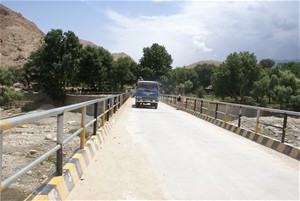
A truck crosses the Mamand Bridge.
USAID/IDEA-NEW
Transport to local markets is critical to supporting livelihoods of people in a remote district of Afghanistan
3 OCTOBER 2011 | NANGARHAR, AFGHANISTAN
After a strict ban on poppy cultivation was imposed, farmers in the Spinghar District of Nangarhar Province in eastern Afghanistan started growing lawful crops instead of poppy. Their livelihoods now rely on staple crops and naturally grown pine nuts and walnuts harvested in the district’s uplands. Though the crops were cultivated successfully, transport to local markets was critical to completing the value-chain and supporting livelihoods.
Traveling by vehicle in the Mamand Valley, located on the border of Spinghar District 70 km southeast of Jalalabad City, has always been difficult. During seasonal flooding lasting four months every year, part of the road became impassable to vehicles, forcing villagers to resort to travel by mule or on foot. During flooding season, a trip to Jalalabad that normally took a few hours took nearly two days.
To help foster economic opportunities in the district, USAID, in cooperation with the Afghan Government officials and local community representatives, built the 50-meter long Mamand Bridge, connecting more than 4,000 families in 25 villages of Mamand Valley with the main road that passes through Spinghar District.
The bridge enables farmers to transport their crops, grown on some 2,400 hectares of farmland, to provincial markets in less than two hours. In addition to a variety of vegetables and fruit, pine nuts, which are abundantly available in the uplands of the valley, the accessibility to provincial markets also attract higher prices for the products.
"Before the bridge was built, we had to travel on either mule or foot that took almost two days. Now with the bridge, vehicles can get to our valley and we're able to arrive in few hours to Jalalabad," said Herat Khan, a Mamand Valley community elder.
In addition to strengthening the local economy, the bridge is contributing to improved security by allowing security forces to patrol the valley, limiting insurgents’ ability to threaten people’s safety.

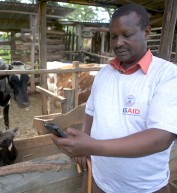
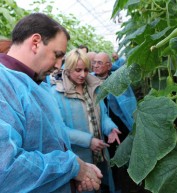
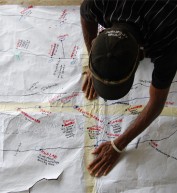


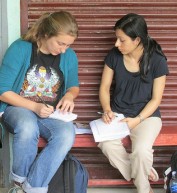
Comment
Make a general inquiry or suggest an improvement.